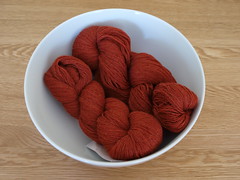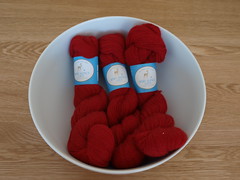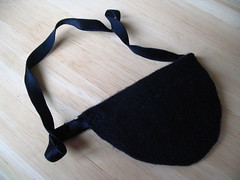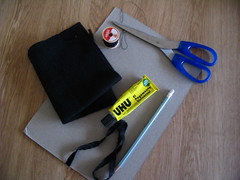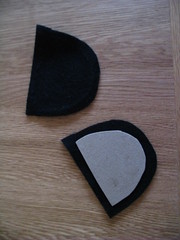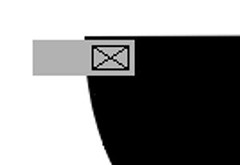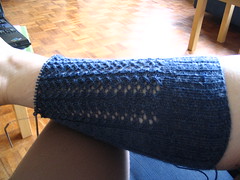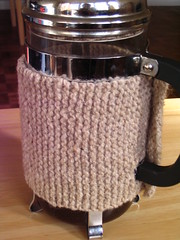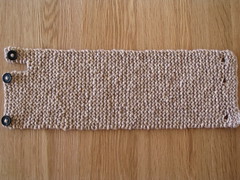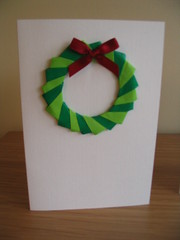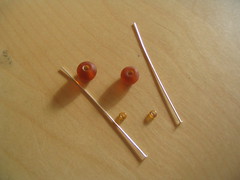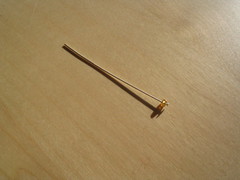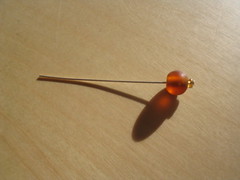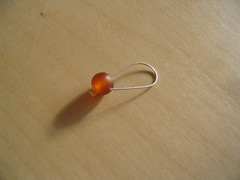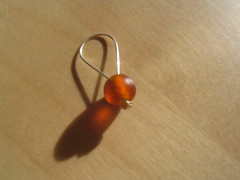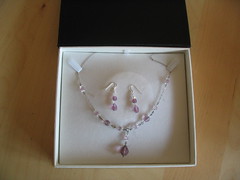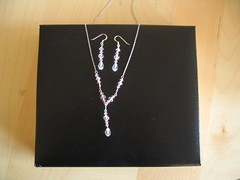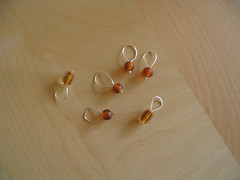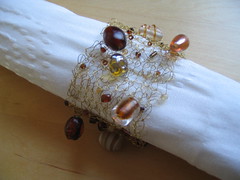A series of posts coming up on some of the best bits of our recent honeymoon trip to Hawaii. The first and last posts are even going to be craft-related!
I had decided before the start of the trip that I wanted to bring back some souvenir yarn and my plan was to buy a couple of skeins of laceweight to turn into a shawl. Since Hawaii isn’t known for its yarn production, my only preference was for an American yarn that isn’t readily available in the UK. I checked KnitMap for yarn shops in Hawaii, compiled a list of possible options and then promptly forgot to take my list with me.
Fortunately, Steven had his laptop and we found a wireless connection that I could use and towards the end of the trip, while we were staying in Hilo on the Big Island, I managed to squeeze in a quick trip to the Bernina Yarn Basket. It wasn’t the most attractive or best-organised yarn shop that I’ve ever been to (I still have no idea if there was any system behind where the yarn was stored or if it just got stuck wherever there was space) but I did find a couple of yarns to take home with me.
First up were two skeins of Knit Picks Gloss Lace in colour Chipotle.
Closely followed by three skeins of Plymouth Yarn Baby Alpaca Lace in the snappily-named colour 2055.
I’ve added so many shawl patterns to my Ravelry queue since bringing these yarns home and I still have no idea which ones I’ll end up using. Watch this space.
We heard a great story from the sales assistant in the yarn shop when she found out that we were Scottish. Apparently, her husband’s grandparents were Scottish and emigrated to the States in the early 20th century. They were booked to be travelling out on the Titanic but her husband’s aunt (who was 4 at the time) caught chicken pox the week before they were due to travel and his grandmother refused to travel until she was better. It’s not often chicken pox are considered lucky.
Another amusing story: as we were driving away from the yarn shop, Steven asked if I’d bought enough yarn. I launched into a long explanation of why, even though it was much cheaper than in the UK, I didn’t want to spend much money or have to carry lots of yarn back in my suitcase, etc., etc. When I finally finished justifying ‘only’ buying 5 skeins of yarn, Steven carefully explained that he was only checking I’d bought enough of the ones I wanted to actually make something. Oops!
